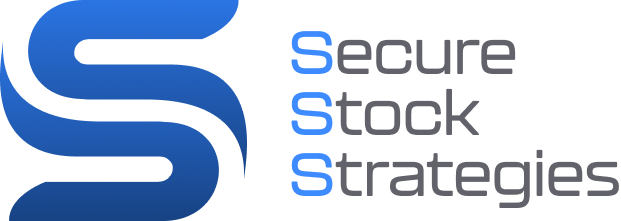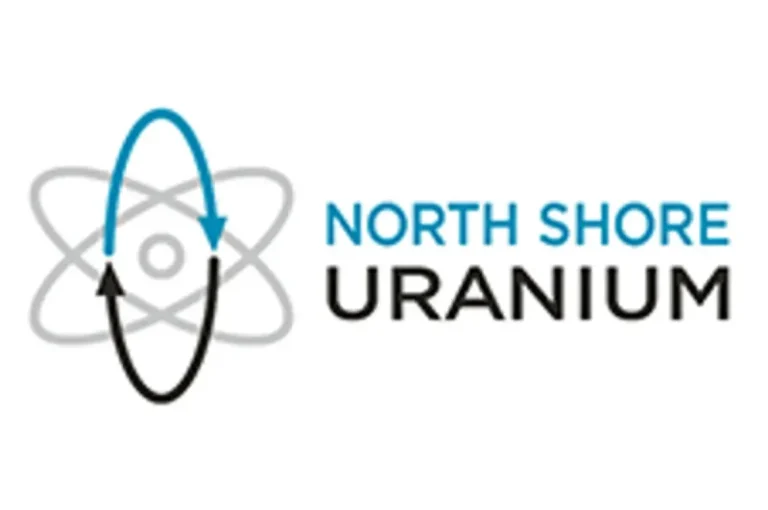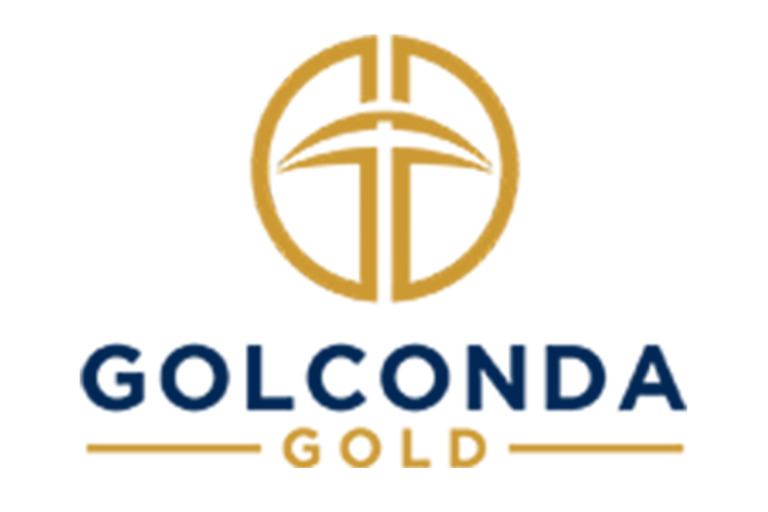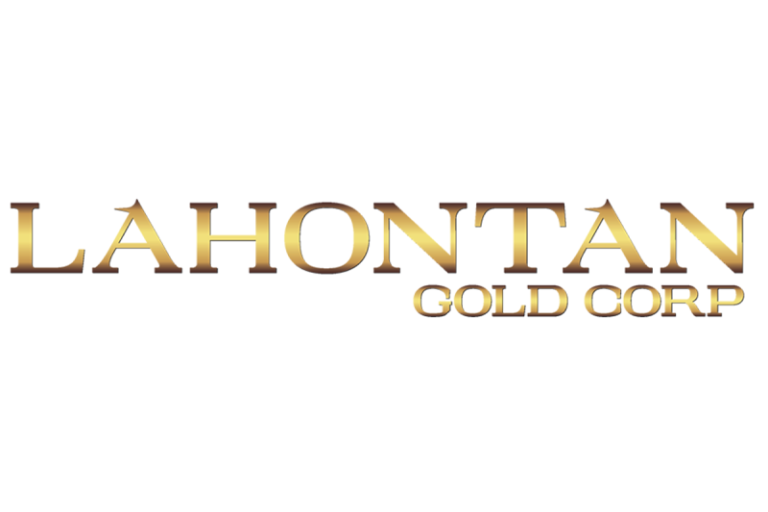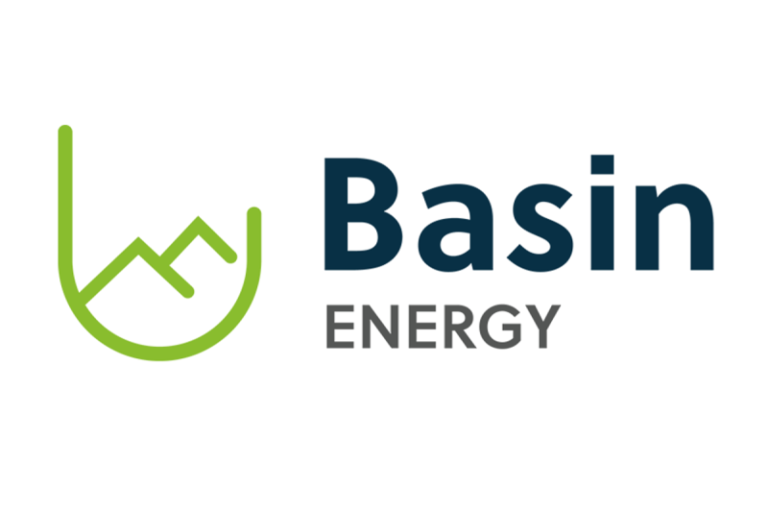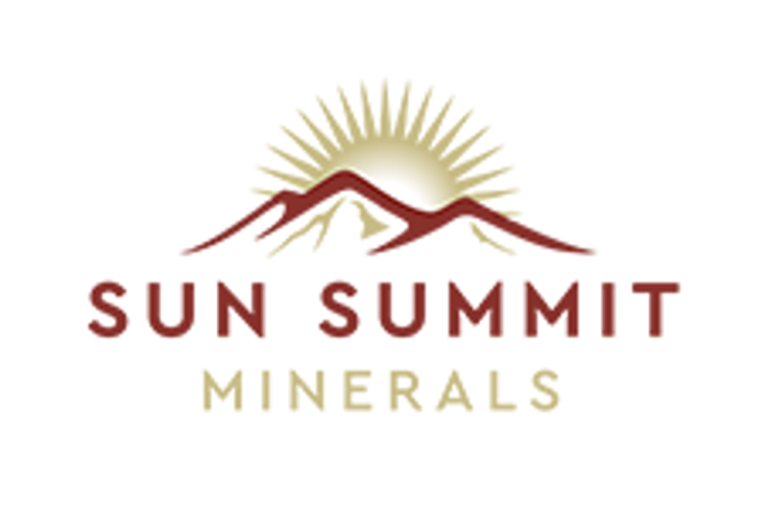North Shore Uranium Ltd. (TSXV:NSU) (‘North Shore‘ or the ‘Company‘) is pleased to announce that it has met its final earn-in obligation for the West Bear property (‘West Bear‘)under an option agreement dated April 18, 2022 (as amended, the ‘West Bear Option Agreement‘) with Gem Oil Inc. (‘Gem Oil‘), giving the Company the right to acquire a 75% interest in West Bear. West Bear consists of four mining claims totaling 3,927 hectares at the eastern margin of the Athabasca Basin in Saskatchewan.
To satisfy the final $50,000 payment for West Bear, the Company issued 263,157 common shares (the ‘Option Shares‘) at a deemed price of $0.19 per share to Gem Oil. The Options Shares were issued in accordance with the West Bear Option Agreement and are subject to a statutory hold period under applicable Canadian securities laws and a TSX Venture Exchange hold period, both expiring four months and one day from the date of issuance (February 23, 2026). Upon completion of this payment, North Shore has earned a 75% interest in West Bear and a joint venture will be formed with North Shore holding a 75% interest and Gem Oil holding a 25% interest. Gem Oil will be granted a 2% net smelter returns royalty (‘NSR‘), of which North Shore may purchase 1% for $1,000,000 at any time. North Shore retains the right to acquire the remaining 25% interest in West Bear by paying Gem Oil $200,000 in cash and issuing $200,000 in North Shore common shares within 90 days of delivering the Initial Interest Notice to Gem Oil. If North Shore does not exercise this right within the 90-day period, or fails to complete the acquisition, a participating joint venture will be formed as described above.
West Bear is located approximately 35 km southeast of the Cigar Lake uranium mine, and 50 km south of the McClean Lake uranium mill. The West Bear uranium and cobalt-nickel deposits held by Uranium Energy Corp. (‘UEX/UEC‘) are located just north of the property (Figure 1 below). The unconformity between the Athabasca Basin sandstone and the underlying basement rocks crosses the western portion of the property (Figure 1). West Bear saw significant uranium exploration activity between the 1960s and 2015, with a total of 15 exploration holes being drilled, including three by Denison in 2015. Historical exploration data evaluated by the Company includes high-resolution electromagnetic airborne geophysical surveys. In 2022 North Shore completed a gravity-magnetic-radiometric airborne survey over West Bear. The Company has selected several targets that warrant further exploration and evaluation of all exploration data is ongoing.
ABOUT NORTH SHORE
The nuclear power industry is in growth mode as more nuclear power will be required to meet the world’s ambitious CO2 emission-reduction goals and the needs of new power-intensive technologies like AI. In this environment, new discoveries of economic uranium deposits could be very valuable, especially in established uranium-producing jurisdictions like Saskatchewan and New Mexico. North Shore is well-positioned to become a major force in exploration for economic uranium deposits. The Company is working to achieve this goal by exploring its Rio Puerco project in the Grants Uranium District of New Mexico and the Falcon and West Bear properties at the eastern margin of the Athabasca Basin in Saskatchewan. In addition, the Company continues to evaluate quality opportunities in the United States and Canada to complement its portfolio of uranium properties.
Technical information on the West Bear property is provided in the 2023 technical report entitled ‘Technical Report for the West Bear Property, Saskatchewan, Canada’ filed under the profile of North Shore Uranium at www.sedarplus.ca.
QUALIFIED PERSON
Mr. Brooke Clements, MSc, P.Geol., a Qualified Person as defined by National Instrument 43-101 – Standards of Disclosure for Mineral Projects and the President and CEO of North Shore, has reviewed and approved the scientific and technical disclosure in this press release.
ON BEHALF OF THE BOARD
Brooke Clements,
President, Chief Executive Officer and Director
For further information please contact: Brooke Clements, President, Chief Executive Officer and Director
Telephone: 604.536.2711
Email: b.clements@northshoreuranium.com
www.northshoreuranium.com
Neither the TSX Venture Exchange nor its Regulation Services Provider (as that term is defined in the policies of the TSX Venture Exchange) accepts responsibility for the adequacy or accuracy of this release.
Forward-Looking Statements
This news release contains forward-looking statements relating specifically to the West Bear Property earn-in and the Company’s broader exploration strategy. Forward-looking statements in this release include: the formal completion of the West Bear property earn-in from Gem Oil Inc.; the issuance of common shares to satisfy the final property payment; the formation of a joint venture with Gem Oil and the grant of a net smelter returns royalty; North Shore’s right to acquire the remaining 25% interest in West Bear; the identification of several exploration targets at West Bear; the Company’s belief that it is well-positioned to become a major force in exploration for economic uranium deposits; the Company’s ongoing work to achieve this goal by exploring the Rio Puerco project in New Mexico and the Falcon and West Bear properties in Saskatchewan; and the Company’s continued evaluation of additional uranium opportunities in the United States and Canada. These statements are subject to specific risks and uncertainties, including: the risk that the West Bear Property earn-in may not be completed as anticipated; the risk that the joint venture may not be formed or operated as planned; the risk that North Shore may not exercise its right to acquire the remaining 25% interest; the risk that identified exploration targets may not yield economically viable mineral deposits upon further exploration or drilling; the potential for delays or changes in exploration plans due to environmental conditions, permitting requirements, or logistical challenges in accessing certain areas of the West Bear Property; and the reliance on historical data and previous exploration results, which may have limitations or uncertainties that affect current interpretations. Forward-looking statements are frequently characterized by words such as ‘plan’, ‘project’, ‘appear’, ‘interpret’, ‘coincident’, ‘potential’, ‘confirm’, ‘suggest’, ‘evaluate’, ‘encourage’, ‘likely’, ‘anomaly’, ‘continuous’ and variations of these words as well as other similar words or statements that certain events or conditions ‘could’, ‘may’, ‘should’, ‘would’ or ‘will’ occur. These statements are subject to various risks and uncertainties that may cause actual results to differ materially from those anticipated or implied, including, but not limited to: the speculative nature of mineral exploration and development projects; the ability to obtain necessary permits and approvals; changes in project plans and parameters; variations in mineral grades and recovery rates; accidents, labour disputes and other risks of the mining industry; the availability of funding on terms acceptable to the Company; delays in obtaining governmental approvals or financing; fluctuations in uranium and other metal prices; and other factors described in the Company’s public disclosure documents. There may be other factors that cause actual results, performance, or achievements to differ materially from those anticipated or implied by the forward-looking statements. Any forward-looking statement speaks only as of the date on which it is made and, except as may be required by applicable securities laws, the Company disclaims any intent or obligation to update any forward-looking statement, whether as a result of new information, future events, or results or otherwise. Forward-looking statements are not guarantees of future performance and undue reliance should not be put on such statements due to the inherent uncertainty therein. Any forward-looking statements contained in this news release are expressly qualified in their entirety by this cautionary statement.
Click here to connect with North Shore Uranium Ltd. (TSXV:NSU) to receive an Investor Presentation
